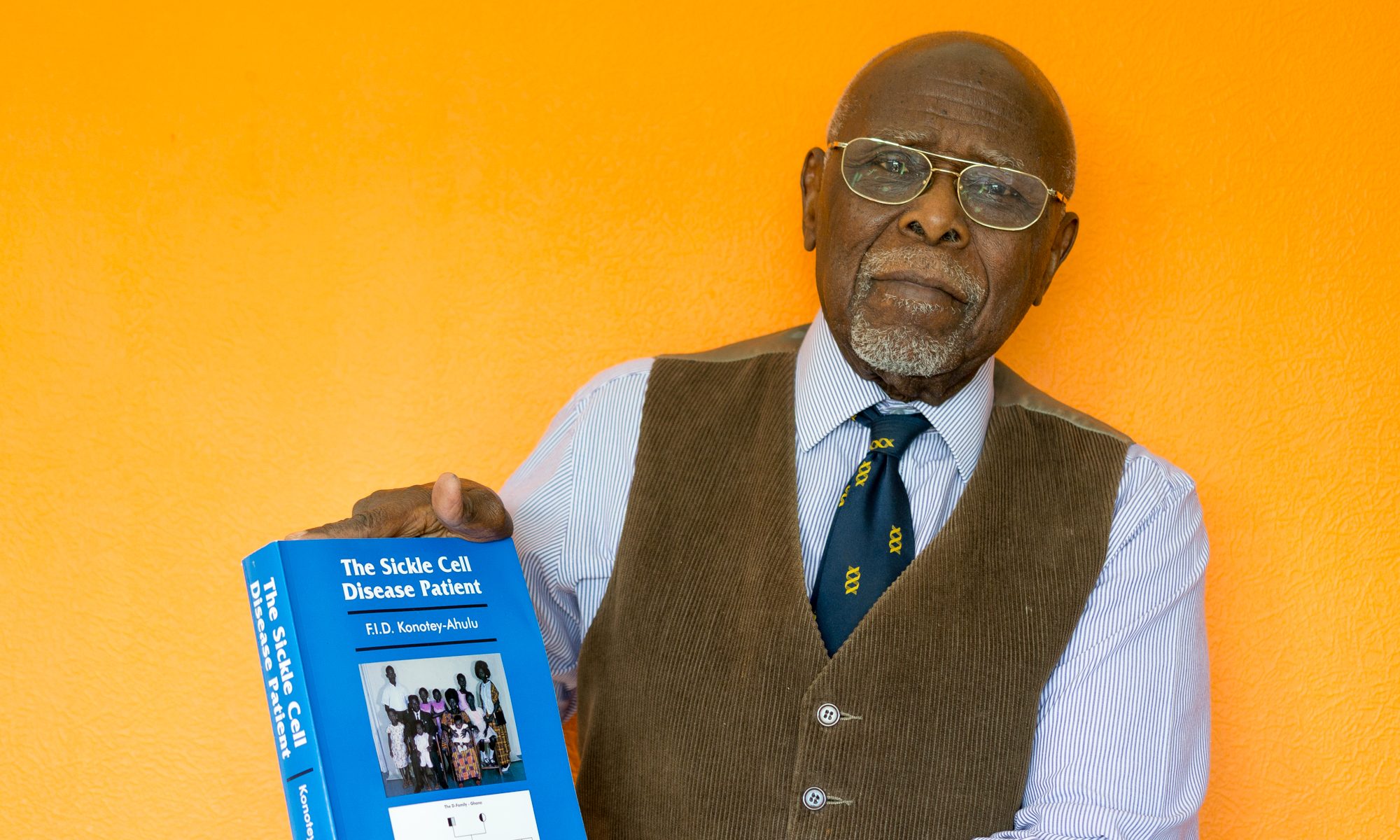Dangerously flawed diagnosis of sickle cell trait in compartment syndrome rhabdomyolysis article
I find it astonishing that Lancet that once published “Beware of symptomatic sickle cell traits” 1 published this article of Ali Rhida et al 2 where sickle cell trait was diagnosed purely on the patient’s say so without as much as a sickle cell test nor haemoglobin electrophoresis to quantify abnormal haemoglobin fractions.
Questions that require answering are
(a) Who passed this article for publication?
(b) What is the G6PD status of this patient? (Galtrey and Passansali described a Kenyan in whom “a diagnosis of G6PD deficiency and rhabdomyolysis was made”) 3
(c) Why did it not occur to the authors that their mention of “suspected sickle cell crisis” 2
should have alerted them to the fact that they were dealing most probably with sickle cell
haemoglobin C disease, “SC” phenotype and not sickle cell trait, “AS” phenotype (with ‘A’ greater than ‘S’)?
(d) Will Lancet Editor be kind enough to request that Ali Rhida and colleagues produce
details not only of all haemoglobins including “A2” and of “F” fractions but also of quantified G6PD level by recalling the patient and conducting these tests they should have done before?
Why is all this extremely important? ANSWER: Because Insurance Companies in the USA are queueing up to load the Premium of anyone called “Sickle Cell Trait”, using as the reason for doing so articles such as we read here. So serious has been the misinformation and disinformation on Sickle Cell Trait that when the Martin Luther King Jr Foundation Award honoured some 20 of us worldwide (including Linus Pauling, Hermann Lehmann, Max Perutz, Roland Scott, Bela Ringelhann, Helen Ranney, Doris Wethers, James Bowman, Charles Whitten, Graham Serjeant, Samuel Charache, A C Allison, J V Neel and others) for outstanding contribution to Sickle Cell Research I, who then ran the largest Sickle Cell Clinic in the world at Korle Bu Teaching Hospital in Ghana was asked to give the Keynote Address on “The Vital Difference between Sickle Cell Trait and Sickle Cell Disease”, and because I produced facts that Sickle Cell Traits had run and won Olympic Gold Medals at Mexico City 7000 ft above sea level only to come to ground level in New York for Insurance Companies to load their Premium, proving to the hilt that sickle
cell disease was being called sickle cell trait deliberately, or through ignorance I was given 4 bodyguards for all the 4 days I was in Philadelphia.4
I do not have to tell Lancet’s Editor what to do, but this article of Ali Rhida et al 2 is nothing short of dangerous, as the references I have accumulated on this matter demonstrate 5.
I declare no competing interests
Felix I D Konotey-Ahulu
Kwegyir Aggrey Distinguished Professor of Human Genetics, University of Cape Coast, Ghana and Recent Consultant Physician Genetic Counsellor in Sickle Cell and Other Haemoglobinopathies, 9 Harley Street Ltd., Phoenix Hospital Group, London W1G 9AL
1 Konotey-Ahulu F. Beware of symptomatic sickle cell traits. Lancet 1992; 339: 555
www.the.lancet.com/journals/lancet/article/PII0140-6736(92)90377-F/fulltext
2 Rhida A, Khan A, Al-Abayechi S, Puthenveetil V. Acute compartment syndrome secondary to rhabdomyolysis in a sickle cell trait patient. Lancet 2014; 384:2172
3 Galtery Clare M, Pathansal R. New onset diabetes complicated by haemolysis and rhabdomyolysis: a case report and review of the literature. Journal of Medical Case Reports 2008; 2: 159 www.jmedicalcasereports.com/content/2/1/159
4 Konotey-Ahulu FID. Four bodyguards and the perils of unmasking scientific truths.BMJ 2007; 335: 210-211 www.bmj.com/cgi/reprint/335/7612/210.pdf
5 Konotey-Ahulu FID. (a) Blaming sudden death on sickle cell trait? http://bit.ly/1Eutn19
(b) Sickle Cell Trait Misinformation and Disinformation http://bit.ly/1CqYHib (c)
Further Communication on Sickle Cell Trait Misinformation and Disinformation http://bit.ly/1Gm4gNp Respectively (a) Sept 19 2011 (b) Nov 30 2011 (c) June 19 2012.
